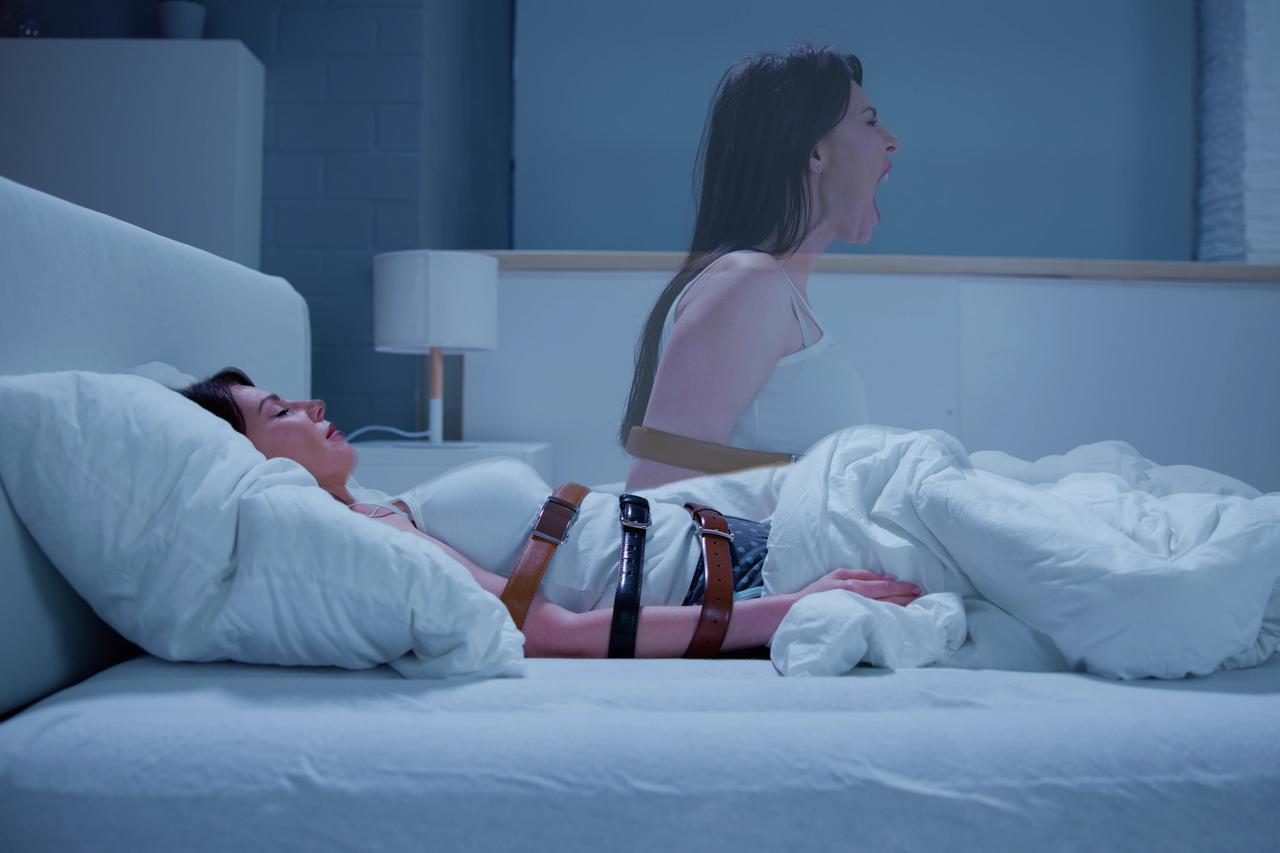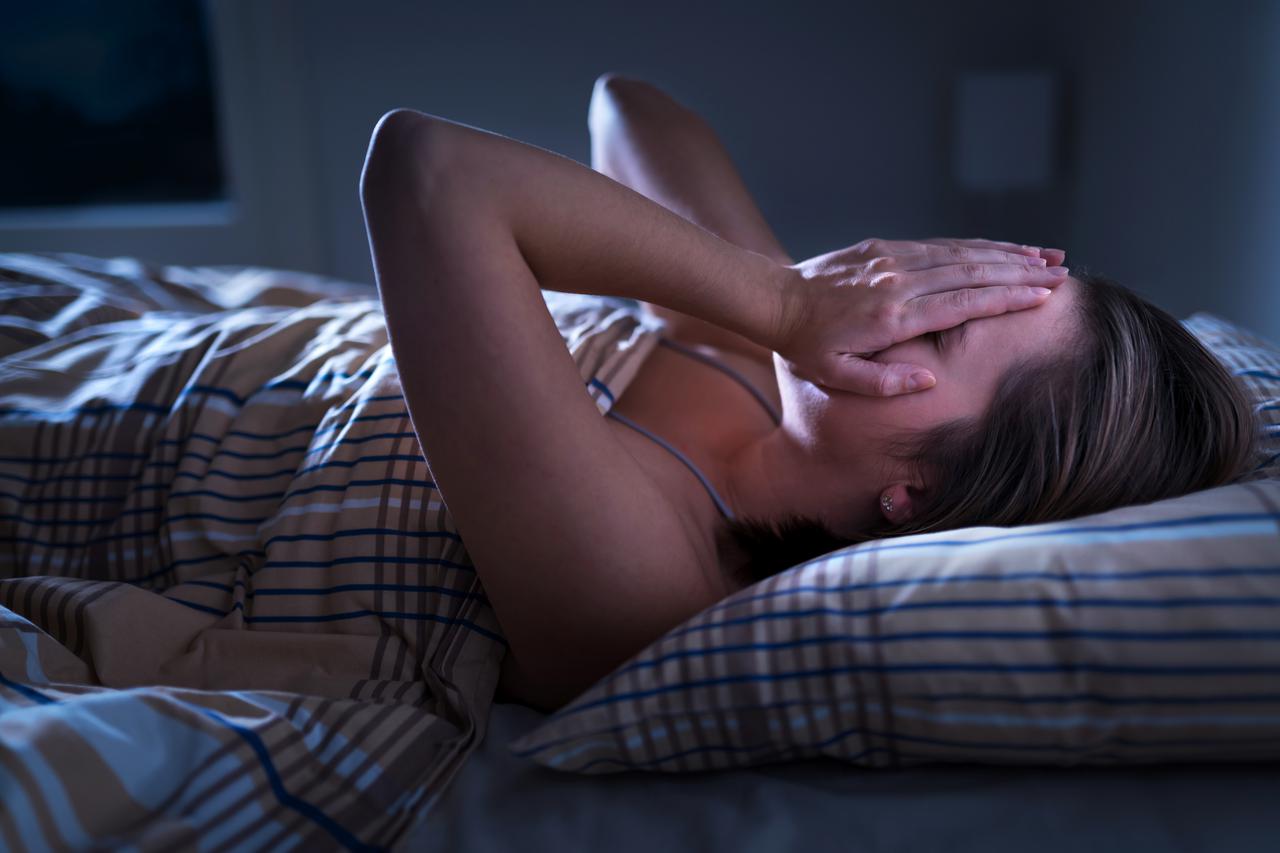Sleep paralysis is a condition experienced by about 30-40% of people at least once in their lifetime, characterized by an inability to move and often frightening hallucinations such as the feeling of the presence of monsters or ghosts. Scientific studies explain that sleep paralysis occurs during the REM phase of sleep, when the body is naturally paralyzed to prevent acting out dreams in reality, but consciousness can awaken before the body is freed from paralysis. Culture and personal experiences shape the content of hallucinations. Although not life-threatening, sleep paralysis can cause anxiety and sleep disorders. Therapies include lifestyle changes and meditation. The leading expert Jalal, who himself experienced sleep paralysis, researches the causes and treatments of this phenomenon.
Political Perspectives:
Left: Left-leaning sources tend to emphasize the scientific understanding of sleep paralysis, focusing on the neurological and psychological aspects, and advocate for increased research and mental health support for those affected. They highlight the importance of destigmatizing the condition and promoting awareness about its non-dangerous nature.
Center: Center-leaning sources provide a balanced view, presenting both the scientific explanations and personal experiences of individuals suffering from sleep paralysis. They focus on educating the public about the condition, its symptoms, and coping strategies, including lifestyle changes and meditation, without heavy political or cultural bias.
Right: Right-leaning sources may emphasize traditional or cultural interpretations of sleep paralysis, sometimes linking the hallucinations to spiritual or supernatural phenomena. They might also focus on personal responsibility in managing stress and lifestyle to prevent episodes, and highlight individual stories of overcoming the condition.














































